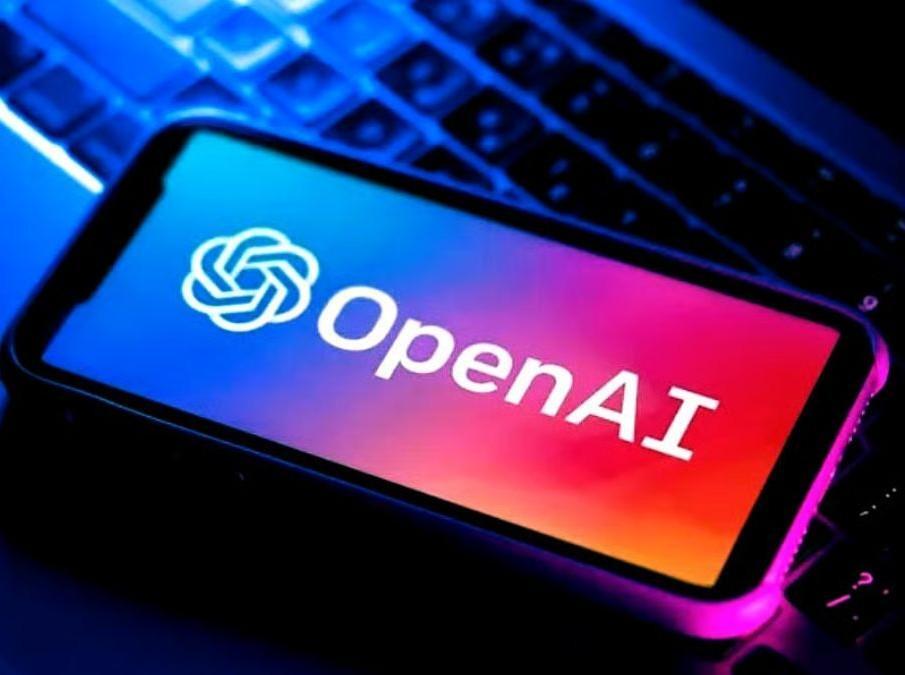
OpenAI Releases Downloadable AI Models for Public, Offline Use
In a groundbreaking decision, OpenAI has released two AI models, gpt-oss-120b and gpt-oss-20b, for public use. For the first time since 2019, individuals can download and run the full model on their own computer, giving them complete control over the AI. This move marks a significant shift in the way AI is utilized, as users no longer need to rely on internet access, expensive subscriptions, or even ask OpenAI’s permission to use these models.
The release of these AI models is a major development in the field of artificial intelligence, and its implications are far-reaching. In this blog post, we’ll explore what this means for individuals, businesses, and the AI industry as a whole.
What are gpt-oss-120b and gpt-oss-20b?
gpt-oss-120b and gpt-oss-20b are two AI models developed by OpenAI, a non-profit artificial intelligence research organization. These models are based on the transformer architecture, which is a type of recurrent neural network (RNN) designed specifically for processing sequential data such as text.
gpt-oss-120b is a larger model with 120 billion parameters, while gpt-oss-20b is a smaller model with 20 billion parameters. Both models are trained on a massive dataset of text from the internet and can generate human-like text based on the input they receive.
What does this mean for users?
The release of these AI models means that users can now download and run them on their own computer, without needing to rely on internet access. This allows for greater flexibility and control over the AI, as users can customize the model to suit their specific needs.
For individuals, this means that they can use these AI models for personal projects, such as writing, research, or even creative pursuits like art or music. The possibilities are endless, and the ability to run these models offline opens up new opportunities for creative expression.
For businesses, this means that they can use these AI models to develop custom applications, such as chatbots, virtual assistants, or content generation tools. The ability to run these models offline also means that businesses can process large amounts of data without relying on internet connectivity, making them more efficient and effective.
What are the implications for the AI industry?
The release of these AI models is a significant development for the AI industry, as it marks a shift towards greater transparency and ownership. For the first time, users can control the AI models, rather than relying on third-party providers.
This move also underscores OpenAI’s commitment to making AI more accessible and equitable. By releasing these models for public use, OpenAI is democratizing the access to AI, allowing anyone with a computer to use these powerful models.
Moreover, the release of these AI models is a significant step towards building trust in AI. By giving users complete control over the AI, OpenAI is demonstrating its commitment to transparency and accountability.
What’s next?
As the AI industry continues to evolve, it’s likely that we’ll see more releases of downloadable AI models. This could lead to a proliferation of custom AI applications, as users and businesses develop their own unique solutions.
Additionally, the release of these AI models could lead to new innovations and discoveries. As users experiment with these models, they may develop new applications and use cases that were previously unimaginable.
Conclusion
The release of gpt-oss-120b and gpt-oss-20b by OpenAI marks a significant shift in the way AI is utilized. By giving users complete control over these AI models, OpenAI is democratizing access to AI and encouraging innovation.
As the AI industry continues to evolve, it’s likely that we’ll see more releases of downloadable AI models. This could lead to a proliferation of custom AI applications, new innovations, and discoveries.
For individuals, businesses, and the AI industry as a whole, the release of these AI models is a major development that has far-reaching implications. It’s an exciting time for AI, and we can’t wait to see what the future holds.






